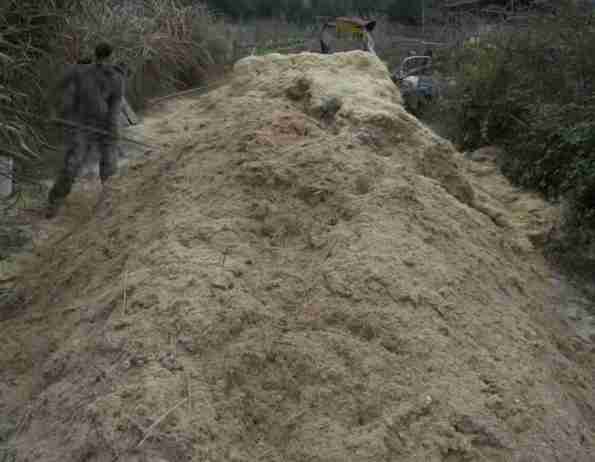How to Make Bamboo Paper: A Sustainable Guide
How to Make Bamboo Paper: A Sustainable Guide
To make bamboo paper is to embrace a sustainable practice that combines craftsmanship with environmental responsibility. Bamboo, particularly Moso Bamboo (Phyllostachys edulis), is favored for this purpose due to its rapid growth, high fiber content, and minimal environmental impact.
This guide provides a detailed, step-by-step approach to making bamboo paper, ensuring both quality and sustainability.
Preparing Bamboo Material

Selecting Bamboo
Choose fresh, dry bamboo shoots or stalks that are well-suited for papermaking. Moso Bamboo is preferred for its long fibers and ease of processing, but other bamboo varieties can also be used.
Cleaning and Cutting
Thoroughly clean the bamboo to remove any dirt or debris. Cut the bamboo into manageable segments, ideally about 30-40 cm in length. This makes it easier to handle and process in subsequent steps.
Cutting and Processing Bamboo

Cutting Bamboo
Segment the bamboo into smaller pieces, roughly 1-2 cm wide, to facilitate efficient soaking and pulping. This step is crucial for breaking down the bamboo into finer fibers.
Soaking
Soak the bamboo segments in water for 24 to 48 hours. This process softens the fibers, making them easier to break down. For best results, use warm water and change it periodically to ensure thorough softening.
Pulping Bamboo

Pulping is essential for converting bamboo into paper. There are two primary methods:
Mechanical Pulping
For a hands-on approach, use a blender or pulping machine to blend the soaked bamboo into a fine pulp. This method is suitable for small-scale or DIY projects. Ensure that the pulp reaches a smooth, consistent texture to achieve high-quality paper.
Chemical Pulping
For professional-grade paper, use chemical pulping. Mix alkalis, such as sodium hydroxide, or acids, such as sulfuric acid, with water. This process dissolves lignin, the substance that binds fibers together, resulting in cleaner, stronger paper. Carefully follow safety guidelines when handling chemicals.
Papermaking Process

Preparing the Frame
Construct a papermaking frame using a wooden frame and a fine mesh screen. The frame should be large enough to accommodate the desired sheet size. The mesh helps to evenly distribute the pulp and drain excess water.
Papermaking Steps
- Pouring the Pulp: Place the frame on a flat surface. Pour the bamboo pulp onto the mesh, spreading it evenly with a spatula or similar tool.
- Shaking the Frame: Gently shake the frame to ensure the pulp forms an even layer. This helps to create a uniform thickness for the paper.
- Draining: Carefully lift the frame to drain excess water, leaving a thin, wet sheet of paper on the mesh.
Pressing and Drying
- Pressing: Use a cloth or sponge to press out the remaining water from the wet sheet. This step reduces drying time and improves the paper’s texture.
- Drying: Lay the paper flat on a drying surface or hang it on a bamboo rack. Allow it to air dry completely, which may take 24-48 hours depending on humidity and thickness.
Finishing Touches
Smoothing
Once dry, iron the paper on a low heat setting to smooth out any wrinkles or creases. This step ensures a professional and polished finish.
Trimming
Cut the paper into the desired sizes and shapes using a sharp cutter or scissors. This customization allows the paper to meet specific needs for various applications, such as stationery, art projects, or crafts.
Conclusion
To make bamboo paper is not only a craft but also a commitment to sustainability. By utilizing bamboo, you reduce the reliance on traditional wood sources and contribute to environmental conservation.
This practice supports the use of renewable resources and helps promote a greener planet. Embrace the process of making bamboo paper to enjoy its unique texture and environmental benefits while supporting eco-friendly practices.
